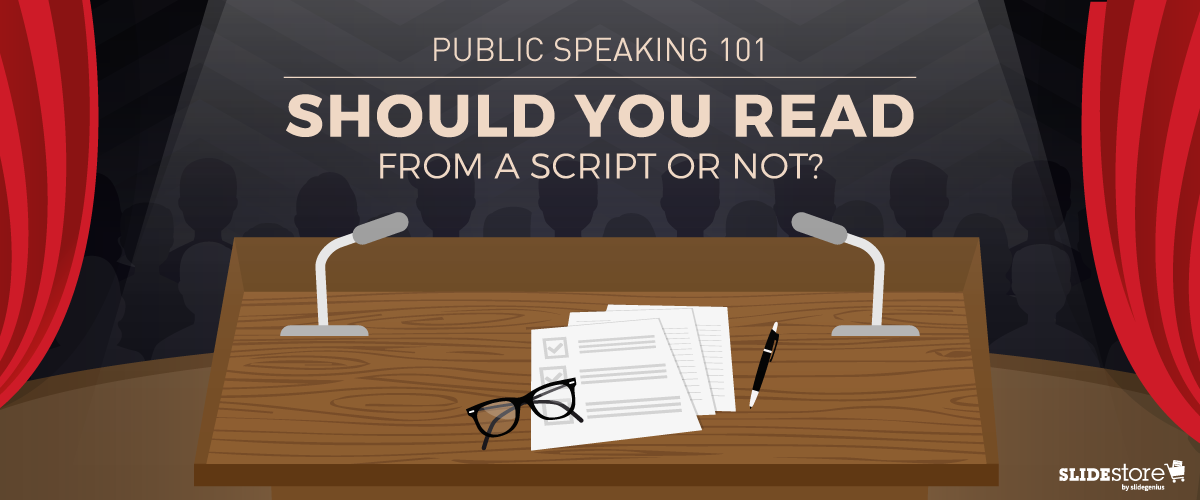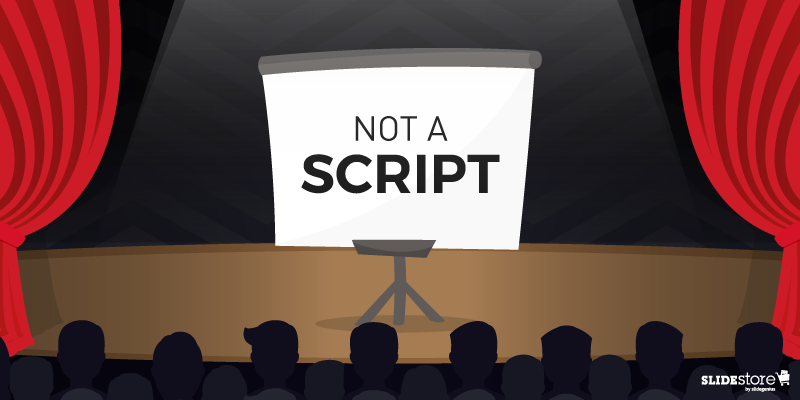One of the most difficult things a presenter does is instill certain beliefs or convince the audience that their product or service is the best choice.

Apart from this, whether you hire PowerPoint presentation design services or create it yourself, you have to make sure that whatever shows up on the screen coincides with what you’re saying. Flow is important, as it contributes to how easy it will be to understand your pitch.
Winning the audience over may not be an easy feat, but it is, however, doable. Here are factors that make an influencing pitch:
Give & Take: Reciprocity

When you are pitching a fresh idea to an investor, provide a sample because not only would this make your presentation more memorable, but it will also help them understand your pitch better. In a way, it instills a sense of indebtedness, increasing their chances of complying to your request.
Reciprocity is useful in the world of sales, as this helps establish trust between you and your prospects.
What the Public Says: Social Proof

What makes you decide whether to watch a movie or not? Or if you should try the new restaurant in town? Usually, people take to Google and search for reviews before they try something new.
Most of the time, these influence decision-making and this is proof you should use social media to win your audience over.
Testimonials from previous clients give you an edge, as these showcase unique experiences provided by your product. In a way, these help your clients make informed decisions.
The 3 Cs: Commitment, Consistency & Credibility

The hardest part during a sales pitch is getting your audience to say yes. Gaining their approval contributes to the success or failure of your presentation, which is where learning the art of persuasion comes in handy.
Once you get your audience to comply with small requests, it will be easier for you to make larger requests, as they will be more likely to be receptive of these. Given that these are similar in nature to the original inquiry.
This was proven in a study conducted in the 1980s, where the “foot-in-the-door” technique was used. Martin Sherman called residents in Indiana and inquired about hypothetically volunteering and spending three hours collecting for the American Cancer Society. His associates called the same people three days later and actually requested help for the ACS. Thirty-one percent of those who responded to the earlier request agreed to help and this number is much higher than the 4% of people who volunteered when approached directly.
Your confidence and the trustworthiness of the content you are presenting invoke authority, reflecting your expertise on the subject, hence, making you credible. This convinces the audience that you are the right person to discuss a certain topic.
Moving forward, your custom PowerPoint presentation should coincide with your speech and vice versa. Not only do these factors apply to your speech, but these should also resonate with your visual aid, that way, your audience will be able to follow the discussion with their eyes and ears.

Download free PowerPoint templates now.
Get professionally designed PowerPoint slides weekly.
Sign Up NowReferences:
Swanson, Elizabeth; Sherman, Martin & Sherman, Nancy. “Anxiety and the Foot-in-the-Door Technique.” The Journal of Social Psychology. June 30, 2010. doi.org/10.1080/00224545.1982.9922806
McLeod, Saul. “The Psychology of Compliance.” SimplyPsychology. 2014. www.simplypsychology.org/compliance.html












